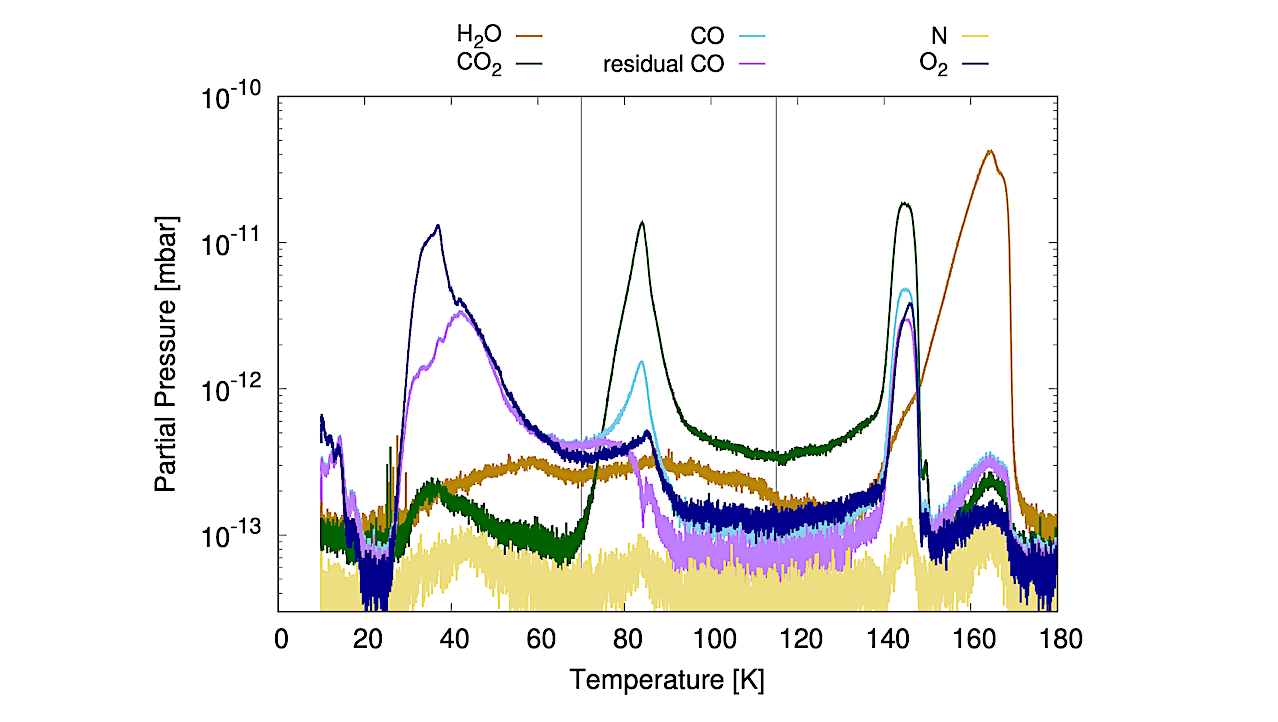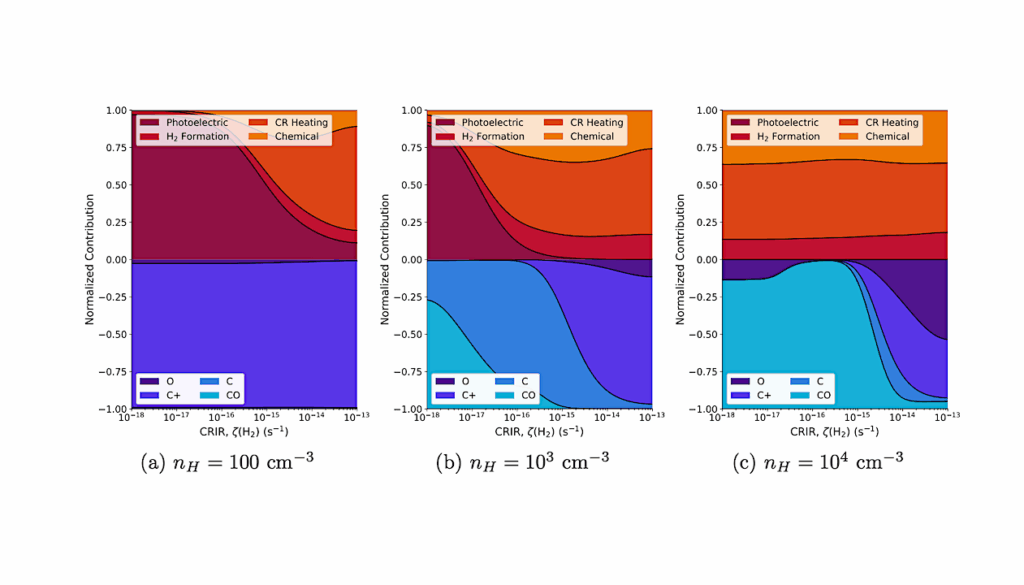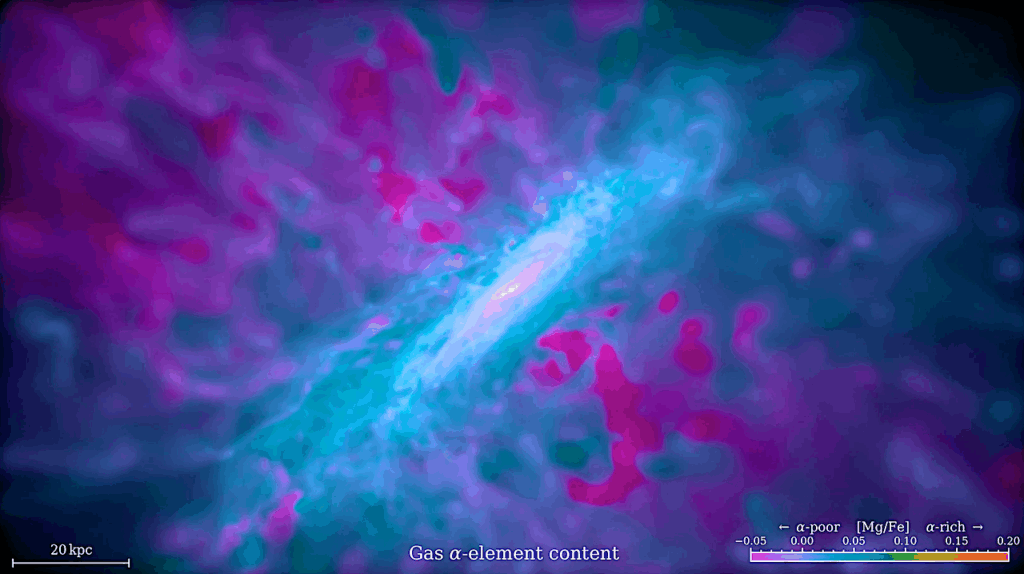Volatiles In The H2O and CO2 Ices Of Comet 67P/Churyumov-Gerasimenko

ESA’s Rosetta spacecraft at comet 67P/Churyumov-Gerasimenko (67P) was the first mission that accompanied a comet over a substantial fraction of its orbit.
On board was the ROSINA mass spectrometer suite to measure the local densities of the volatile species sublimating from the ices inside the comet’s nucleus. Understanding the nature of these ices was a key goal of Rosetta. We analyzed the primary cometary molecules at 67P, namely H2O and CO2, together with a suite of minor species for almost the entire mission.
Our investigation reveals that the local abundances of highly volatile species, such as CH4 and CO, are reproduced by a linear combination of both H2O and CO2 densities. These findings bear similarities to laboratory-based temperature programmed desorption experiments of amorphous ices and imply that highly volatile species are trapped in H2O and CO2 ices.
Our results do not show the presence of ices dominated by these highly volatile molecules. Most likely, they were lost due to thermal processing of 67P’s interior prior to its deflection to the inner solar system. Deviations in the proportions co-released with H2O and CO2 can only be observed before the inbound equinox, when the comet was still far from the sun and the abundance of highly volatile molecules associated with CO2 outgassing were lower.
The corresponding CO2 is likely seasonal frost, which sublimated and lost its trapped highly volatile species before re-freezing during the previous apparition. CO, on the other hand, was elevated during the same time and requires further investigation.
Martin Rubin, Kathrin Altwegg, Jean-Jacques Berthelier, Michael R. Combi, Johan De Keyser, Stephen A. Fuselier, Tamas I. Gombosi, Murthy S. Gudipati, Nora Hänni, Kristina A. Kipfer, Niels F. W. Ligterink, Daniel R. Müller, Yinsi Shou, Susanne F. Wampfler
Comments: This is a pre-copyedited, author-produced PDF of an article accepted for publication in Monthly Notices of the Royal Astronomical Society following peer review. The version of record is available online at: this https URL
Subjects: Earth and Planetary Astrophysics (astro-ph.EP)
Cite as: arXiv:2310.04095 [astro-ph.EP] (or arXiv:2310.04095v1 [astro-ph.EP] for this version)
Journal reference: Monthly Notices of the Royal Astronomical Society, stad3005, 2023
Related DOI:
https://doi.org/10.1093/mnras/stad3005
Focus to learn more
Submission history
From: Martin Rubin [view email]
[v1] Fri, 6 Oct 2023 08:53:09 UTC (6,526 KB)
https://arxiv.org/abs/2310.04095
Astrobiology, Astrochemistry








